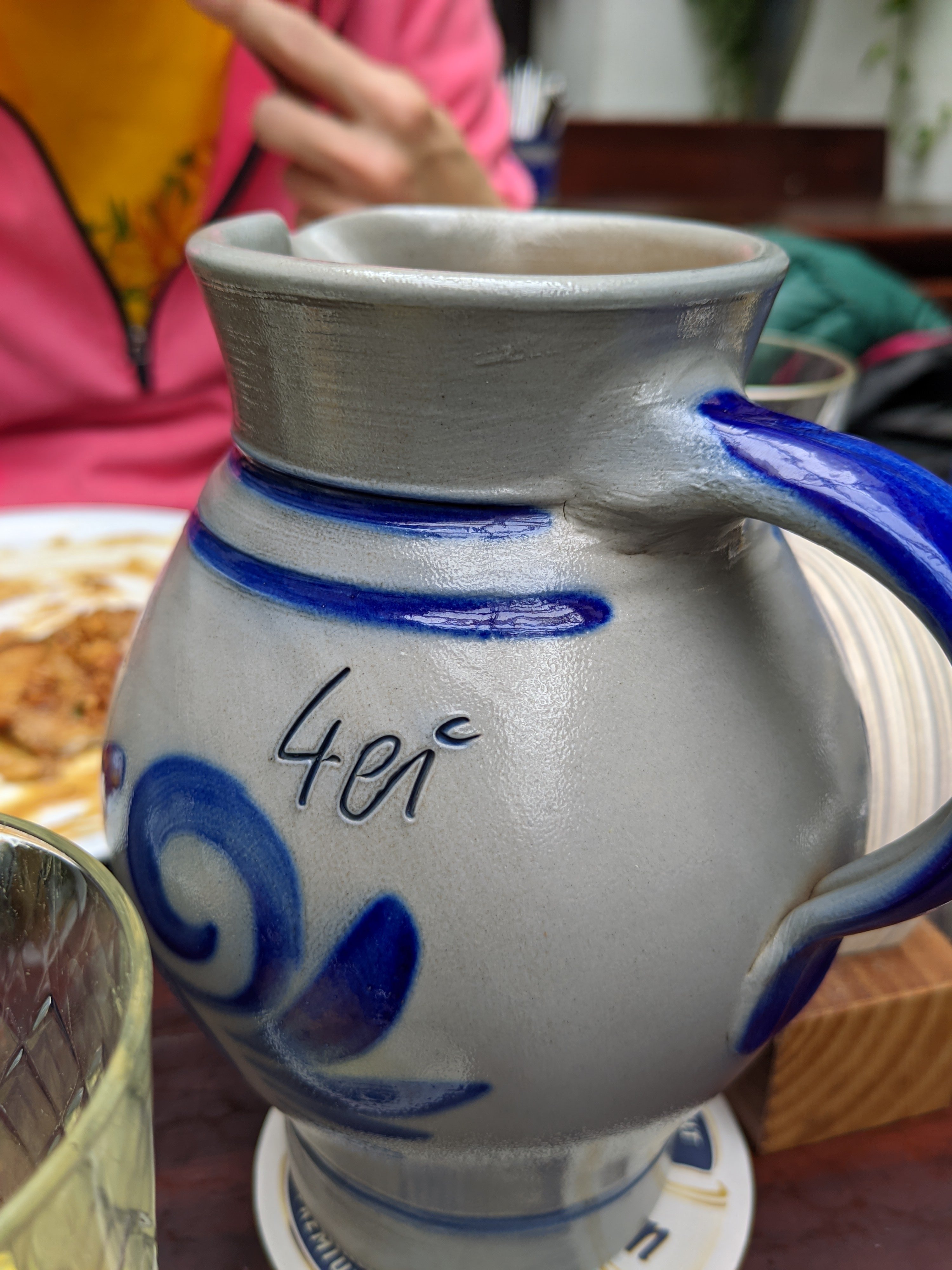BEIJING (Reuters) - When a Beijing-based military institute in September published a patent for a new high-performance chip, it offered a glimpse of China’s bid to remake the half-trillion dollar global chip market and withstand U.S. sanctions.
The People’s Liberation Army’s (PLA) Academy of Military Sciences had used an open-source standard known as RISC-V to reduce malfunctions in chips for cloud computing and smart cars, the patent filing shows.
RISC-V is an instruction set architecture, a computer language used to design anything from smartphone chips to advanced processors for artificial intelligence.
The most common standards are controlled by Western companies: x86, dominated by U.S. firms Intel and Advanced Micro Devices, and Arm, developed by Britain’s Arm Holdings, owned by SoftBank Group.
U.S. and UK export controls prevent the sale of only the most advanced x86 and Arm designs - which produce the highest-performance chips - to clients in China.
But as the U.S. widens restrictions on China’s access to advanced semiconductors and chip-making equipment, the open-source nature of RISC-V has made it part of Beijing’s plan to curb its dependence on Western technology, although the emerging architecture accounts for a fraction of the chip market.
The whole world is betting on RISC-V. The architecture is an open source alternative to ARM processors, which require licensing to develop. This article makes RISC-V sound like something soley China wants. Last October, Qualcomm released a RISC-V chipset for Android. The tech is a ways off but many positive outcomes will come from the architecture.
RISC is good.
ARM chips are also RISC, but not the open-souce variety. RISC-V is a particular RISC architecture that is open-source.
Ahem… Hack the Planet.
This is amazing news for the open source community. I didn’t expect this to come out of China, but any contributions to open source are welcome.




